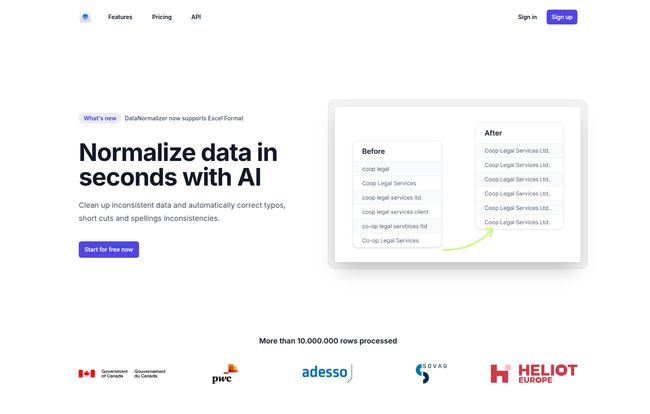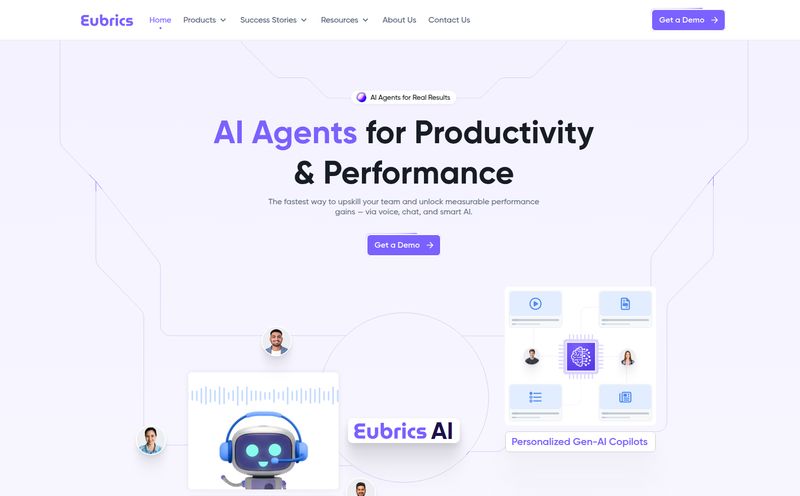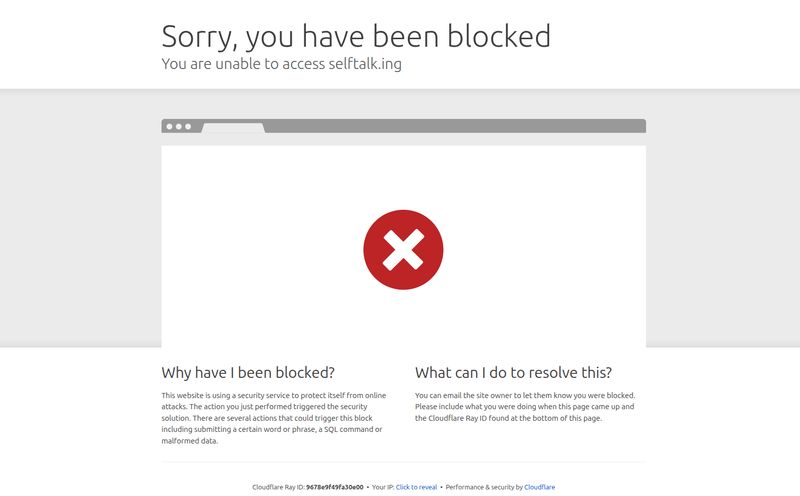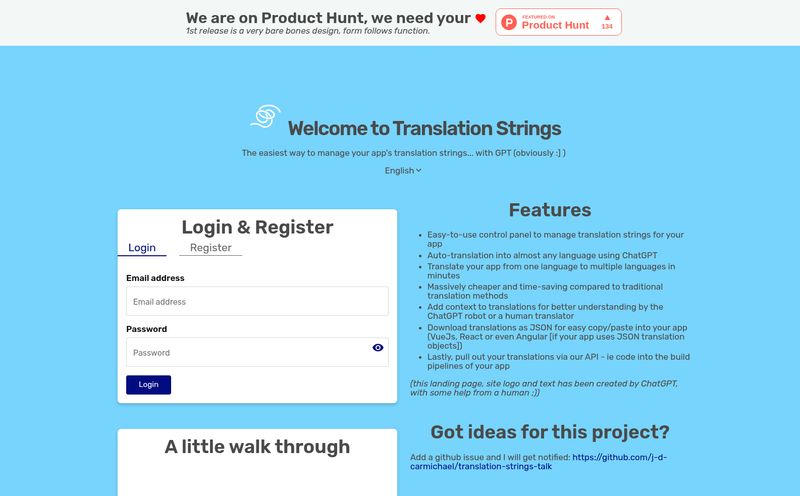If you've been in the SEO or digital marketing game for more than a week, you've faced the beast. The spreadsheet. The one cobbled together from five different exports, three different team members, and a CRM that hasn't been updated since 2018. It’s a nightmare. We spend so much time talking about high-level strategy, traffic generation, and algorithm updates, but we rarely talk about the foundational grunt work that makes it all possible: cleaning the damn data.
I've lost more hours than I care to admit to VLOOKUPs that refuse to cooperate, to manually correcting “USA,” “U.S.A.”, and “United States,” and to figuring out why “Coop Legal Services” and “co-op legal servbices ltd” aren’t being counted as the same entity. It’s the digital equivalent of trying to sort a mountain of LEGOs by color… while blindfolded. A thankless, soul-crushing task that has to be done.
So, when I stumbled upon a tool called DataNormalizer that claimed it could “normalize data in seconds with AI,” my inner skeptic and my hopeful, time-starved marketer had a brief but intense argument. The hopeful marketer won. I had to see what this was all about.
So What Exactly is Data Normalization Anyway?
Before we go further, let's just quickly get on the same page. Think of data normalization like a chef's mise en place. It's the process of preparing and organizing all your ingredients (your data) before you start cooking (your analysis). It means taking all the chaotic, inconsistent, and messy inputs and standardizing them into a single, clean format. It ensures that 'Apple' and 'APPLE' and 'apple inc' are all treated as the same thing. Without it, your final dish—your report, your analysis, your keyword map—is going to be a mess.
This is crucial for everything from accurate reporting to building effective retargeting lists. Bad data in, bad results out. Simple as that.
Enter DataNormalizer: The AI Janitor for Your Spreadsheets
DataNormalizer presents itself as a beautifully simple solution to this age-old problem. It’s not a full-blown data science platform like Tableau or a complex tool like OpenRefine. It's a specialist. A sharp, focused tool designed to do one thing exceptionally well: fix your inconsistent text data. Automatically.
The core promise is that you can upload a messy CSV or Excel file, and its AI will intelligently sort out the inconsistencies. I was intrigued by the examples on their site, which hit a little too close to home:
- Inconsistent formatting: Fixing things like 'Coop' vs 'Co-op'.
- Embarrassing spelling mistakes: Catching 'serbices' and correcting it to 'services'.
- Synonym variations: Understanding that 'Attorney' and 'Lawyer' can mean the same thing in certain contexts.
- Shortcut standardization: Turning 'Ltd.' into 'Limited' or vice-versa for consistency.
- Capitalization chaos: Making 'Apple' and 'APPLE' uniform.
This is the kind of stuff that manually takes ages. The idea of offloading it to an AI was, frankly, thrilling.

Visit DataNormalizer
Let's Talk About the Nitty-Gritty Features
At its heart, the platform is driven by its AI. It's not just a simple find-and-replace function. The AI is what allows it to understand context and make smart corrections, turning a jumbled list of company names into a clean, unified column. This is what sets it apart from the built-in tools in Excel or Google Sheets, which require you to manually define every single rule.
CSV and Excel Support is a Big Deal
I was genuinely pleased to see they support both CSV and, more recently, Excel formats. While many of us in the SEO world live and breathe CSVs, a lot of clients and other departments still operate exclusively in .xlsx files. Not having to convert files back and forth is a small but significant quality-of-life improvement that I appreciate.
How Much Does This Magic Cost? A Look at the Pricing
Okay, let's talk money. DataNormalizer uses a credit-based system, which I have mixed feelings about, but in this case, it feels pretty fair. First off, there’s a free plan. You can process up to 25 rows per file. This is obviously not for a major project, but it’s absolutely perfect for testing. You can upload a small, representative sample of your messiest data and see if the tool can actually handle it before spending a penny. I love this. No credit card, no fuss.
For bigger jobs, you buy credits. The model is simple: 1 row = 1 credit. The more credits you buy at once, the cheaper each credit becomes. Here’s a quick breakdown:
| Credits | Price | Key Features |
|---|---|---|
| Free Testing | $0 | Up to 25 rows, low priority processing, CSV only |
| 1,000 | $12 | Unlimited rows, fastest processing, CSV/Excel, free reprocessing |
| 5,000 | $29 | All paid features |
| 10,000 | $49 | All paid features |
| 1,000,000 | $990 | All paid features |
Personally, I think the sweet spot for a freelancer or small agency starts around the $29 or $49 mark. It gives you enough runway for several decent-sized projects. The fact that paid plans get the fastest processing and, importantly, free reprocessing on errors, is a huge plus. It shows they stand by their results.
Who Is DataNormalizer Built For?
This isn't a tool for everyone, and that's okay. If you're a Python wizard who can script data cleaning functions in your sleep, this might feel a bit simplistic. But for the rest of us mere mortals? It's a godsend.
I see this being incredibly useful for:
- SEOs and Content Marketers merging keyword data, backlink reports, or digital PR outreach lists from multiple sources.
- PPC Managers cleaning up product feeds or campaign naming conventions.
- Sales and Ops Teams trying to de-duplicate and standardize leads in a CRM export.
- Small Business Owners who don't have a dedicated data analyst on staff.
It's for the doers. The people who need clean data now so they can get on with the actual work of analysis and strategy.
My Final Verdict: A Must-Have Tool in the Kit?
So, is DataNormalizer the real deal? In my experience, yes. It's a focused, effective, and beautifully simple tool that solves a very real, very annoying problem. It's not going to manage your entire data pipeline, but it will clean your pipes so everything flows smoothly.
The time it saves from manual data drudgery is easily worth the cost of the credits for any serious project. It turns a multi-hour headache into a few-minute task. For me, that’s a massive win. It lets me spend more time on what I'm actually paid for: getting results, not fighting with spreadsheets. And for that, DataNormalizer has earned a permanent spot in my digital toolkit.
Frequently Asked Questions
What is DataNormalizer in a nutshell?
DataNormalizer is a web-based tool that uses AI to automatically clean and standardize data in your spreadsheets. It fixes things like spelling errors, inconsistent abbreviations, and formatting differences in CSV and Excel files.
How does the credit system work?
It's a pay-as-you-go system. One row of data you process equals one credit. You can buy credit bundles, and the larger the bundle, the lower the cost per row. Paid plans offer faster processing and support for more file types.
Can I try DataNormalizer for free?
Yes, absolutely. They offer a free trial plan that lets you process up to 25 rows per file. It's a great way to test its capabilities with your own data without any commitment.
What file formats does DataNormalizer support?
The free plan supports CSV files. Paid plans support both CSV and Excel (.xlsx) formats, which is convenient for most business users.
What happens if the AI makes a mistake on a paid plan?
One of the perks of the paid plans is that they offer free reprocessing on errors. If the output isn't what you expected, you can get it re-run without using more credits.
Is my data secure when I upload it?
While I haven't done a deep dive into their security protocols, any reputable data processing service is expected to have strong privacy and security measures. For highly sensitive data, it's always best practice to review the platform's privacy policy, which is a good rule of thumb for any cloud-based tool.



